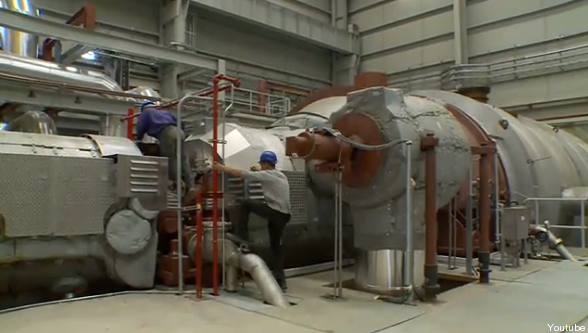
I hear a lot of talk about a great desire to include renewable energy into the national energy mix, if it weren’t for the issue of intermittency. Sure, we can control the costs to build a wind farm or a solar plant, but the fuel supply is truly in the hands of Mother Nature whenever she decides to make the wind blow or the sun shine.
As the CEO of a renewable energy company with more than 500 MW of wind and solar installed in North America, I know we only build renewable energy projects in areas with the best wind or solar capabilities within a given market. But still, it is not possible to know exactly when Mother Nature will smile on us. Unfortunately, this challenging characteristic of renewable energy has become the foremost excuse for utilities to restrict or block the addition of renewable energy resources to our energy mix. I would argue that intermittency itself is not the immediate issue for utilities, but rather how they are looking at the larger energy pool in total. Instead of focusing on intermittency roadblocks, utilities need to consolidate into more modern and broader markets that diversify management of the intermittency issue and ensure competitive access to the power grid. Keep reading →







 Efforts to spread the production and use of clean electricity production as part of job creation are global.
Efforts to spread the production and use of clean electricity production as part of job creation are global.